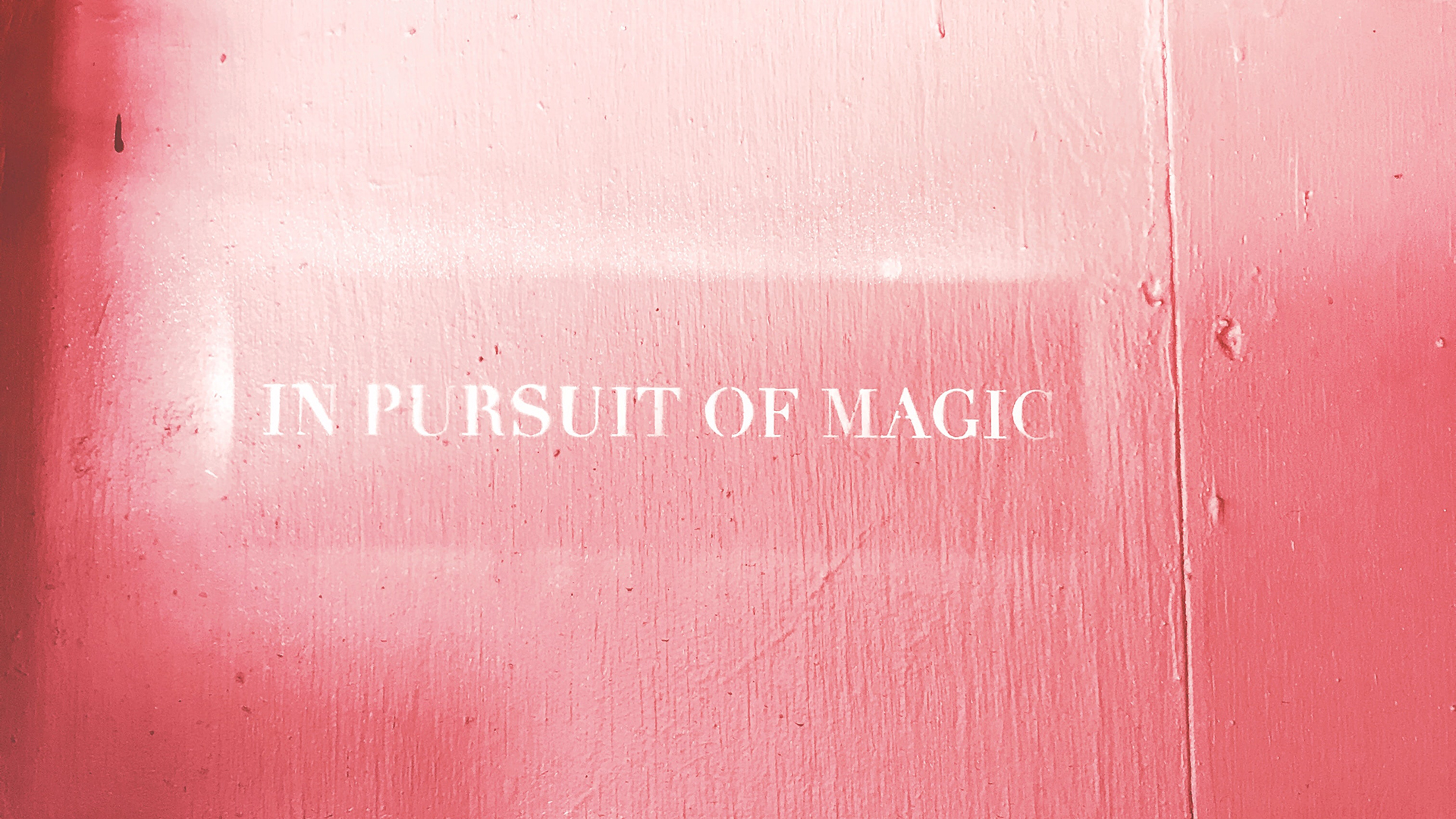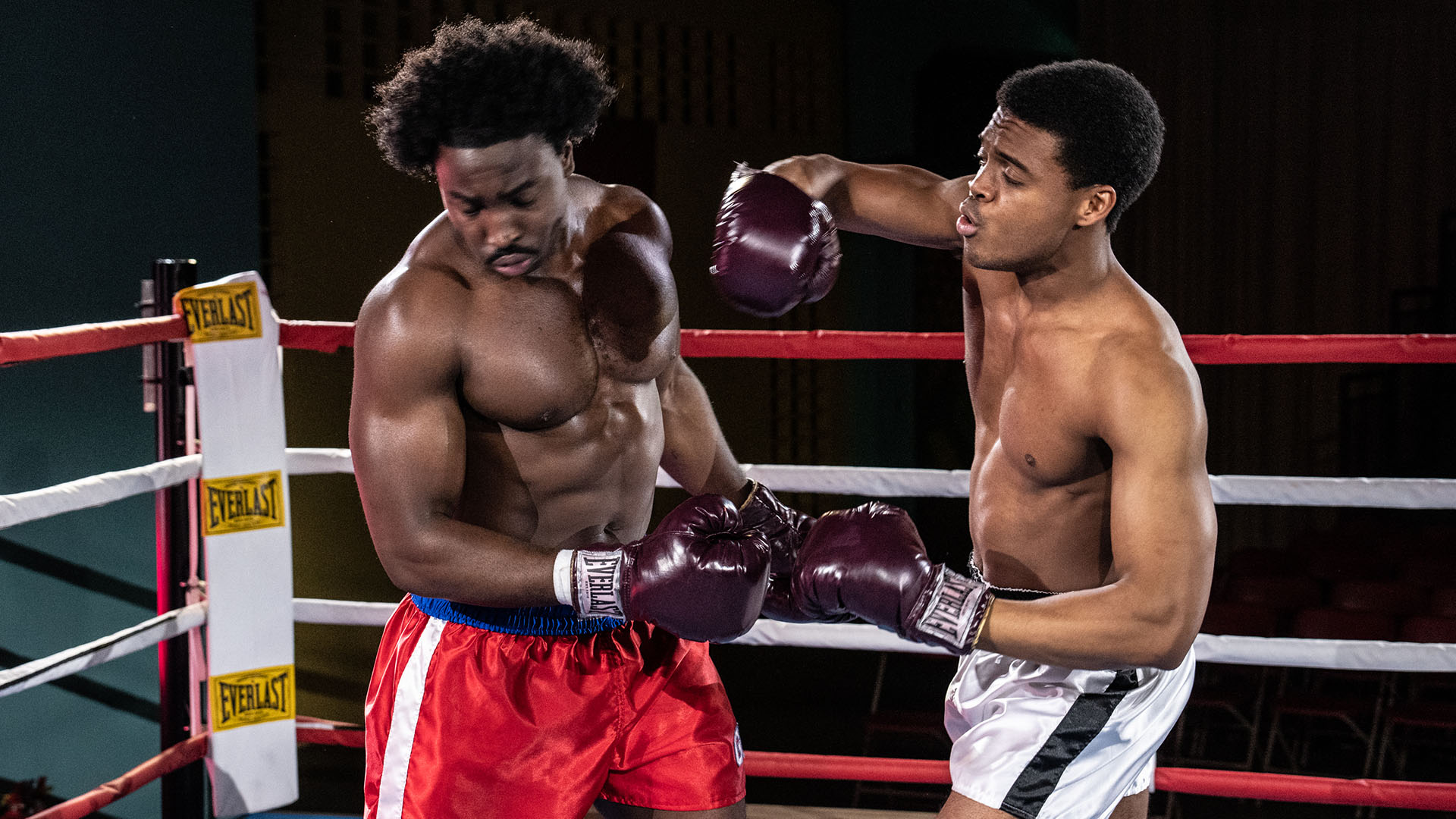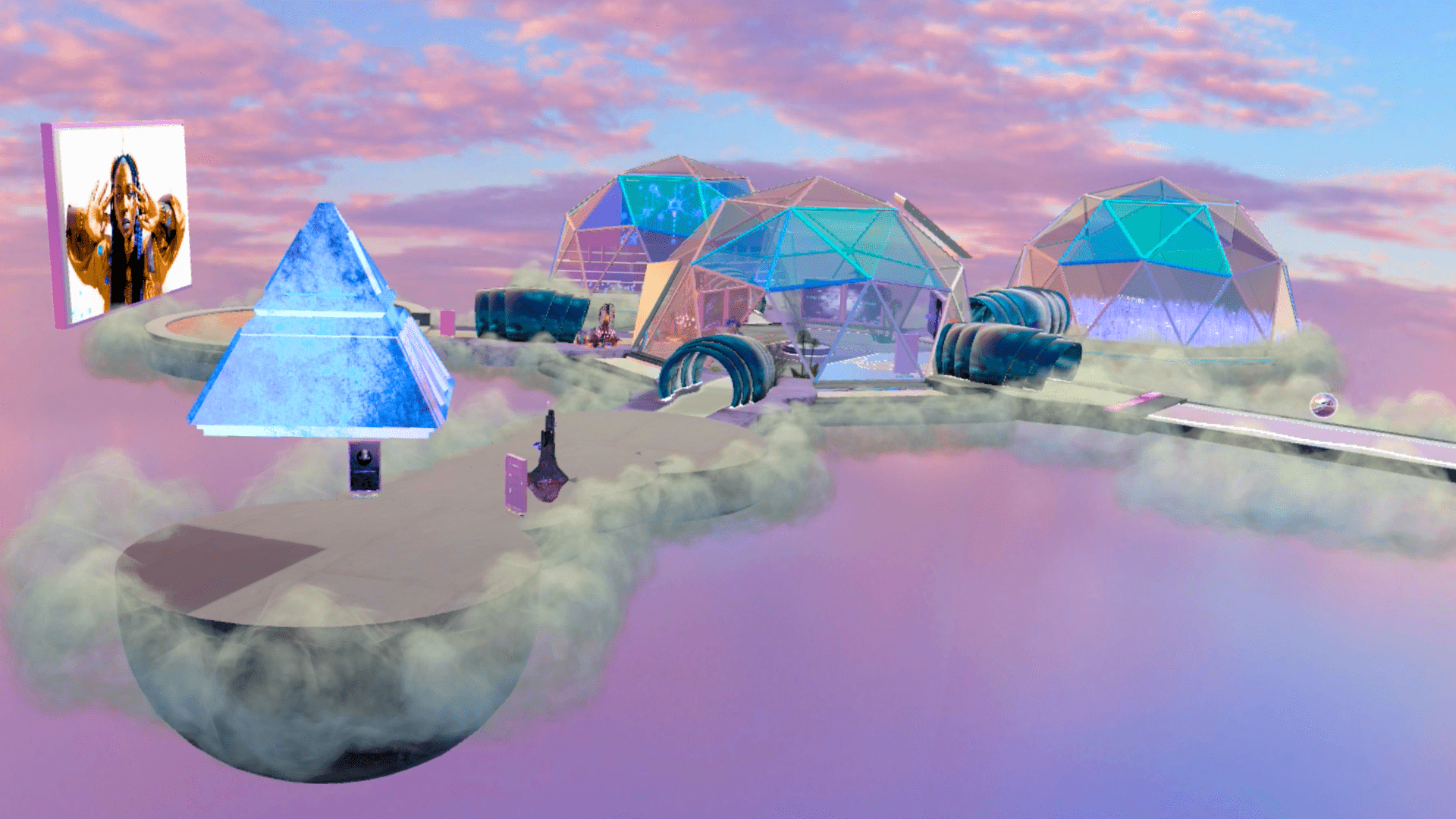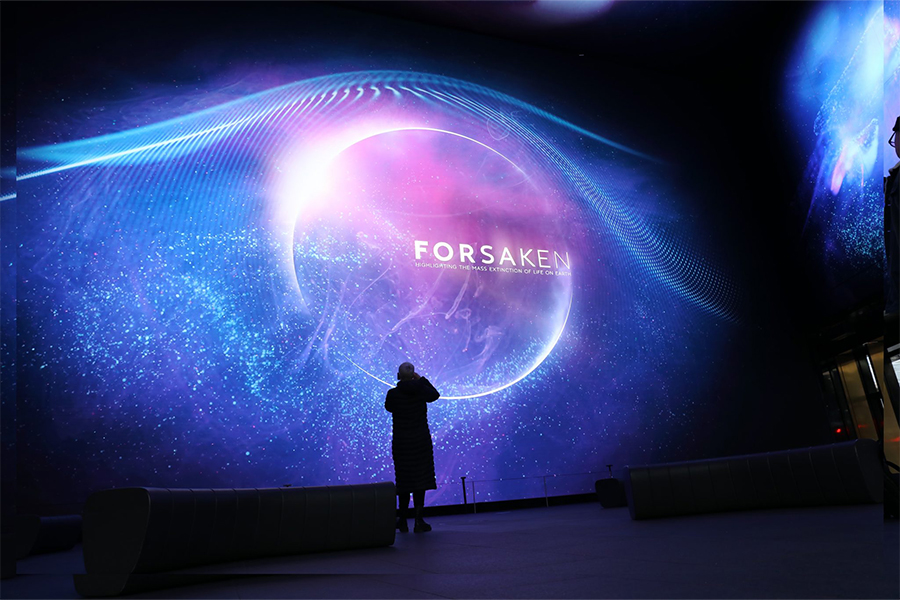What’s the difference between a service and an experience?
It sounds like an easy enough question.. but looking at some of the “experiential offerings” being floated by companies eager to claim the term across a smorgasboard of industries, we couldn’t help but wonder if the answer is as clear-cut as it seems.
In fact, we’d go so far as to say we’re entering an epidemic of “experience-washing”: where providers are keen to tell us that they create experiences, when actually they’re still in the service business. The truth is that the Experience Economy remains something of a Wild West, which is why the WXO exists in the first place: to help define its edges, distinguish between experiences and everything else, and set out parameters for how we can design better ones.
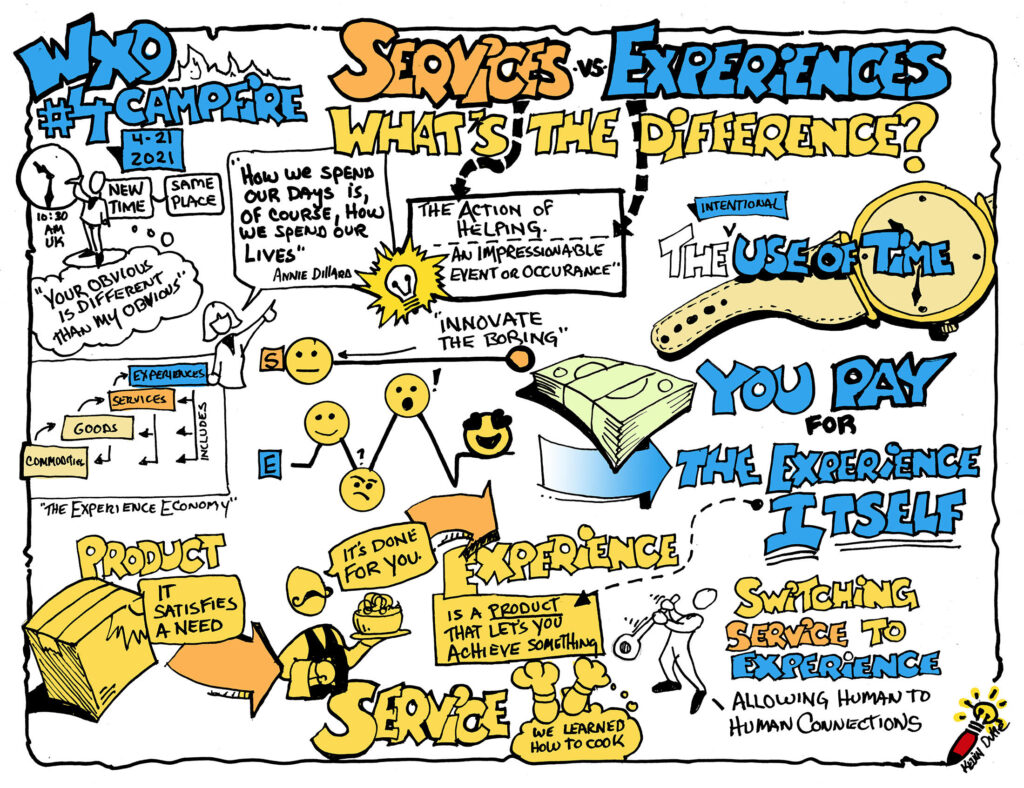
With this in mind, for our fourth WXO Experimental Campfire we decided to call upon our Founding Circle to help solve the issue of what distinguishes a service from an experience once and for all. Inspired by Joe Pine and Jim Gilmore’s definition of experiences as a distinct economic offering, we invited several speakers from across the Experience Economy to share their take on the topic, before our global set of attendees used what they’d learned to elevate some examples of services into true experiences.
From Service Economy To Experience Economy
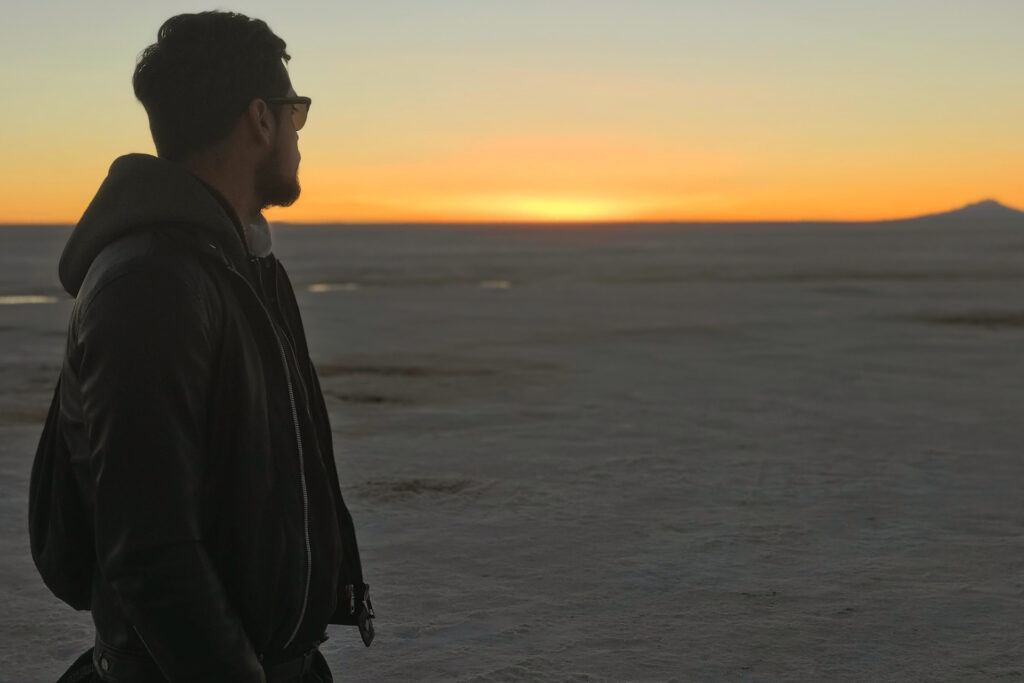
Our WXO Founder James Wallman kicked off the conversation with a quick dive into society’s evolution from the agrarian, industrial and service – to today’s Experience Economy. As this evolution has progressed, he explained, so has where we place economic value, most recently from services to experiences – meaning that today, experiences are the best way to add, create and capture the most value and therefore be successful.
“All of us design other people’s time. That’s a real responsibility, but it’s also a real opportunity, to improve the quality of their days and therefore the quality of their lives through what we do.”
James Wallman – Founder, The WXO
Citing Annie Dillard that “how we spend our days is, of course, how we spend our lives,” James said “all of us design other people’s time. That’s a real responsibility, but it’s also a real opportunity, to improve the quality of their days and therefore the quality of their lives through what we do.” As Joe Pine and Jim Gilmore put it in their seminal book The Experience Economy, “The newly identified offering of experiences occurs whenever a company intentionally uses services as the stage and goods as props to engage an individual…services are intangible, experiences are memorable.”

However, James added, as the value of experiences increases, we’re also faced with the problem of experience-washing. Although experience designers may well be designing both services and experiences – think CX or UX, for example – and the “service threshold effect” means that there has to be a decent level of service underneath any experience for it to be a good one, “this is an opportunity for us to make the distinction between experiences and services, and then show how we can create better experiences.”
James had reached out to experts in the Experience Economy for their views on what distinguishes services and experiences, and quoted comments from three of them: experience design professor Bob Rossman, former Head of Technology for Burning Man Heather Gallagher, and visual thinkologist Kevin Dulle.
“A service is done for or to someone. They do not do it themselves,” said Bob. “That is the whole point of hiring a service. An experience by its very nature is done by the individual. It is a volitional act that is self-generated through a series of interactions. That is, they participate in its construction.”
“You can definitely have an experience when you are getting a service, such as being greeted at a hotel or getting a haircut,” said Heather. “But as a receiver you are in it to consume a specific final product. When we go to something experiential or are creating an experience, it’s for the sake of the experience itself. Fortunately they are becoming more and more blended every day and you can’t really have one without the other.”
And keeping it short, sweet and effective, Kevin said: “No one ever said ‘we had a great time’ about a service. Nor has anyone ever said ‘I saved so much time at Disney.’”
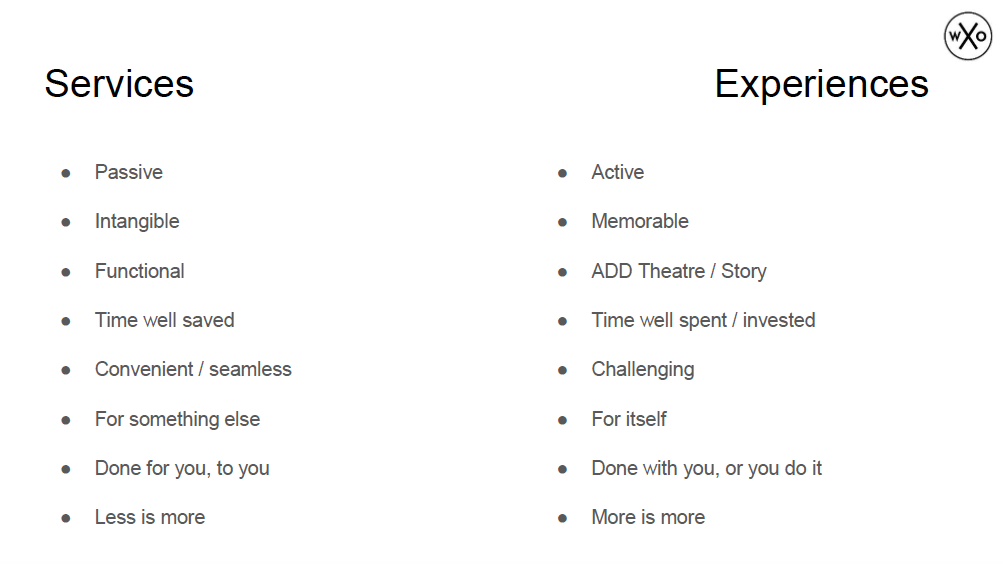
Based on these insights, James concluded with a slide suggesting some key differences between services and experiences – on one side passive, time well saved and convenient, and on the other active, time well spent and challenging. How accurate are these distinctions? More on that later…
Making Functional, Fantastic
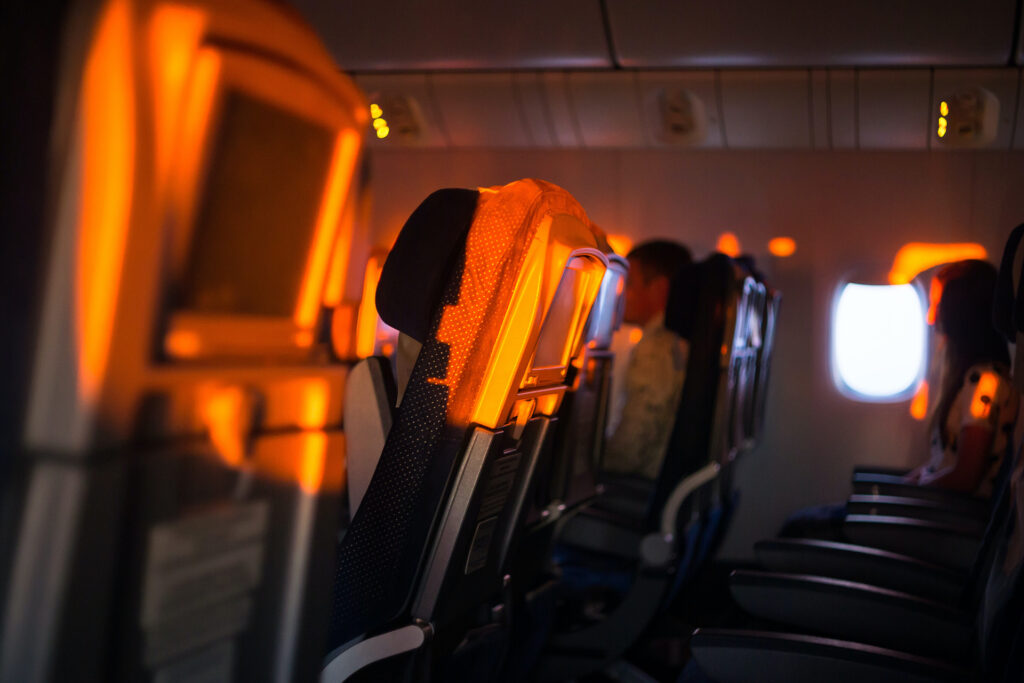
Sports experience expert Andrew O’Loughlin stepped into the spotlight from Melbourne to run through the standard definitions of a service as “the action of helping or doing work for someone”, and experiences as “an event or occurrence that leaves an impression on someone”. While it’s important for an experience to stand out, he also added that it’s important to allow people “to own and create and impress the experience upon themselves, as much as we impress it upon them”.
“I think most of us are creating experiences that we want people to own and create and impress upon themselves, as much as we impress upon them.”
Andrew O’Loughlin – sports experience expert
While Andrew agreed that a service mindset is important whether you’re running an agency, an event or something else, providing a seamless service can also be a bit boring. And how can we turn services into experiences? By seizing upon just this and in the words of Dan Gregory, the founder of Australia’s Impossible Institute, “innovating the boring”. By looking at the functional, logistical services we have to provide and thinking about how we can flip them into experiences, we can “turn something process-driven into something that captures people’s attention and imagination”.
He gave the example of Air New Zealand’s in-flight safety videos, which used tropes around movies like Lord of the Rings or Men in Black to make something often overlooked into an event of its own that people looked forward to and would also share again and again online.
Similarly, he told the story of when organising a nighttime fun run for Nike’s Run the Night event, his team gave all the runners Zolo bands to wear, made famous by Coldplay during live concerts. These lit up different colours to determine different paths and start times, as well as flashing at different points around the course, transforming the boring logistics of herding people around a site into something fun, imaginative and engaging.
Do We Want To Kill Hollywood And Have 300-Minute Football Games?
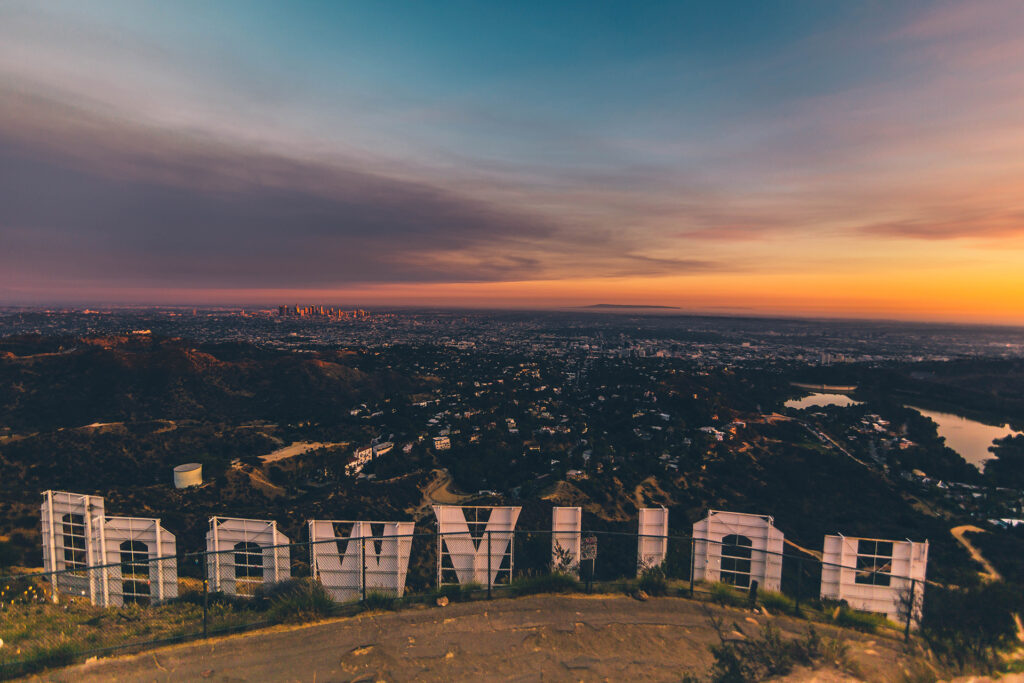
Remember James’ slide from earlier? So did Claus Raasted – who used his time to cleverly question and dismantle some of the frameworks we’d earlier established. The WXO being the sort of forum where disagreement and debate is encouraged, we were all for it!
“When people ask me the difference between services and experiences, I tell them if you can make it just as good in half the time, it’s probably a service; if the question is kind of meaningless, it’s probably an experience.”
Claus Raasted – Director, The College of Extraordinary Experiences
On the services side, Claus largely agreed with the words in green, less so the ones in red. He wondered, for instance, if services were always intangible – if someone mows your lawn it’s a service with a very tangible outcome, for example. When it came to time well saved, he pointed out that for some services, such as extending a warranty or insurance for a longer period of time, time added might be a benefit.
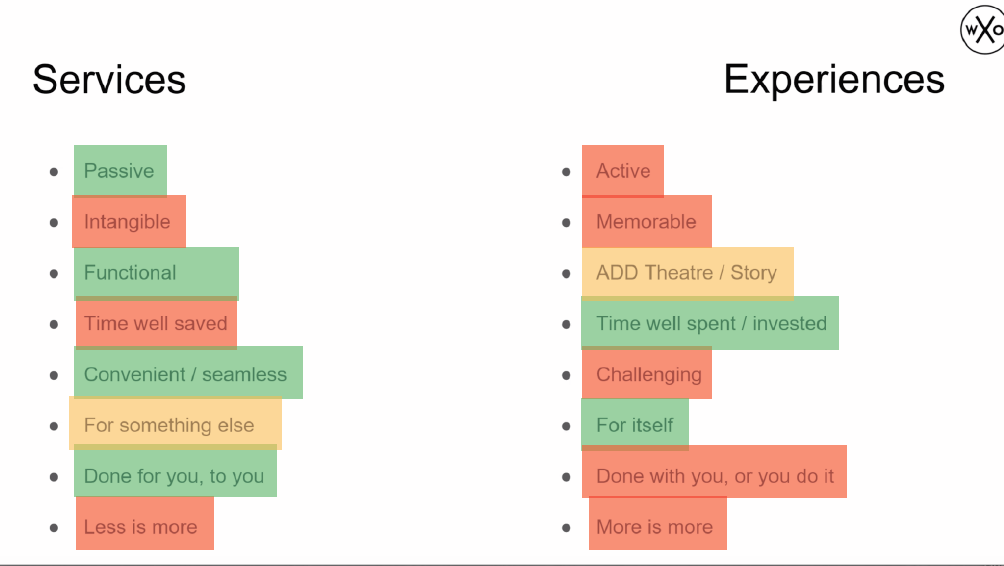
On the experiences side, he argued that not all experiences are active – for example, strapping yourself into a rollercoaster is decidedly passive, but also decidedly an experience. It’s nice for an experience to be memorable, but not always a prerequisite. And while sometimes a challenge is good, sometimes we just want a fun, comfortable experience, like watching television with our kids.
‘More is more’ might sound attractive, but, Claus asked, would you really want to make a football game 300 minutes long? And although “done with you” – also known as ‘co-creation’ – is a cornerstone of many experiences, it isn’t true when you go to watch a movie. As Claus concluded, “Killing off Hollywood is maybe going a bit too far, even for the Experience Economy”.
Product As Experience Or Experience As Product?
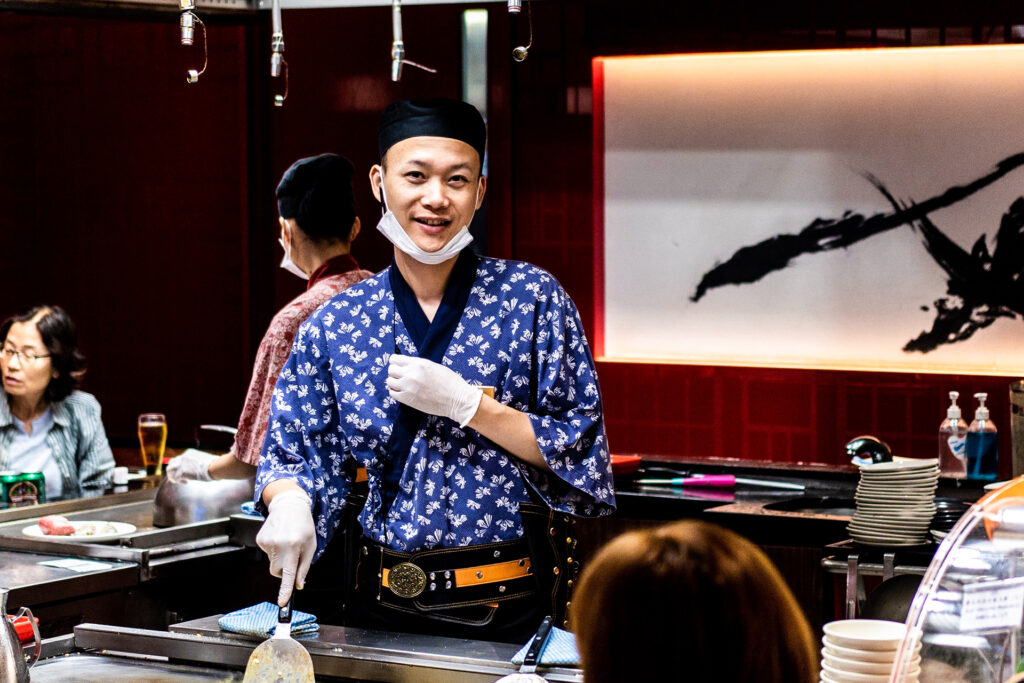
Mike Lai, Dean at X Thinking Institute in Shanghai, brought us an interesting theory on the positioning of experiences.
“In China, it’s popular for people to use language like ‘product as a product’, ‘product as a service’ and ‘service as a service platform’,” he said. “So what happens when we dismantle that language a little bit?”
What, Mike continued, is “product as a product”? If we use food as an example, it might be something we buy at a grocery store – it fulfils the basic need of hunger. But if we consider “product as a service”, we might think of restaurants, where you want something cooked for you, perhaps to impress your companion or perhaps to have it done professionally on your behalf.
“A product is something that people buy and consume that helps them achieve some sort of goal – so by finding different ways to package and deliver it, it allows you to enhance its value.”
Mike Lai – Dean, X Thinking Institute
“Product as an experience” might mean taking a cooking class, where the functional element begins to recede but not disappear entirely – for example, you might still want the cake you’ve baked to taste good, but it’s not your sole reason for purchasing the experience.
If we move to “experience as a product”, however, and flip the concept, we might be looking at something like a farm stay. The food is the result of the experience of being a farmer, but the taste of it isn’t what matters – it’s the packaging of the experience that is the product.
“A product is something that people buy and consume that helps them achieve some sort of goal – so by finding different ways to package and deliver it, it allows you to enhance its value,” Mike concluded.
Transforming Standard Services Into Awesome Experiences
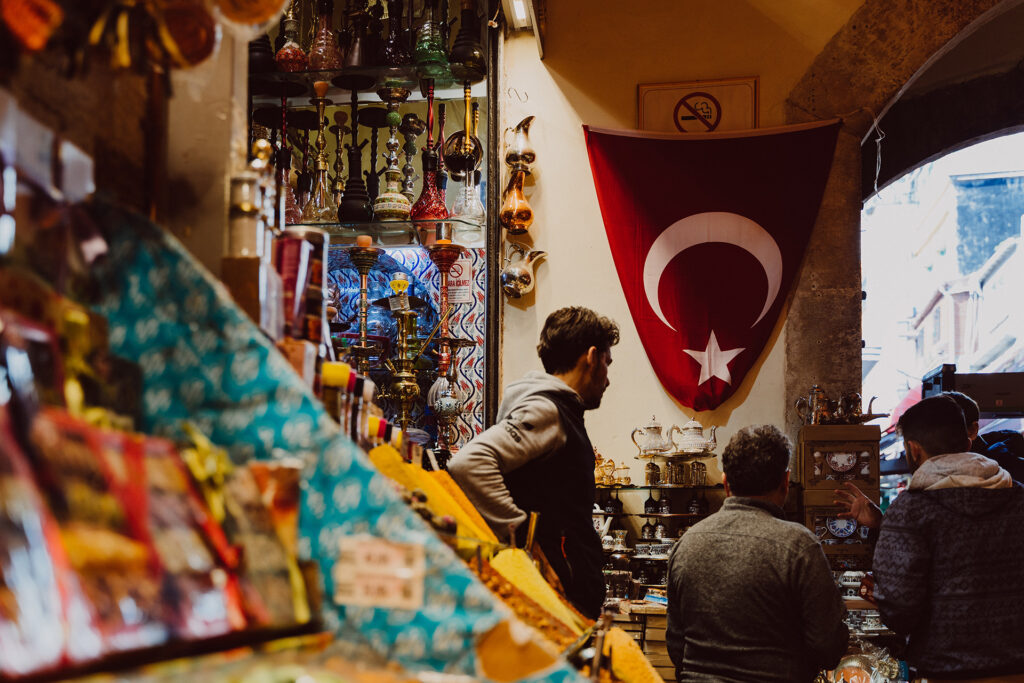
Minds suitably expanded by our speakers, our Campfire split into breakout rooms to discuss how they could use some of these ideas to elevate services into experiences, before reporting back to the group at large.
Sarah Wilson from the hotel group Accor talked about “putting experience more into process, as when checking into a hotel. We try and simplify the process so that our people can use their emotional intelligence and connect more”.
Immersive theatre expert Martin Coat agreed on the importance of empowering the person providing the service or experience. “Performers in immersive theatre are always empowered to have flexibility and improvise, so they can be subtle enough to make decisions and know what the customer in front of them needs… there’s nothing more frustrating than having to ask to speak to the manager or the decision-maker.”
Carlos Picanço, The Transformational Travel Council’s Ambassador for Portugal, took the example of Turkish bazaars, asking if you could transform the service of a traditional farmers’ market into an experience by teaching travellers how to bargain alongside the stall owner, or doing a tasting of all the products on sale.
UX designer Joe Mcleod mentioned the “most amazing experience ever” that is paying tax in Sweden, compared to the “horror and hate” of the UK tax system. “We all experience it together, it’s very robust and clear, and it makes it almost a joyful experience,” he said.
Finally, Mike Lai asked an interesting question: should every service be turned into an experience? If something is memorable and you’ve already experienced it once, there will be diminishing returns, and some touchpoints should be highly experiential whereas others will be much lower on the scale. In the end, perhaps services and experiences “exist on a spectrum – and usually they have components of each”.
The WXO Take-Out
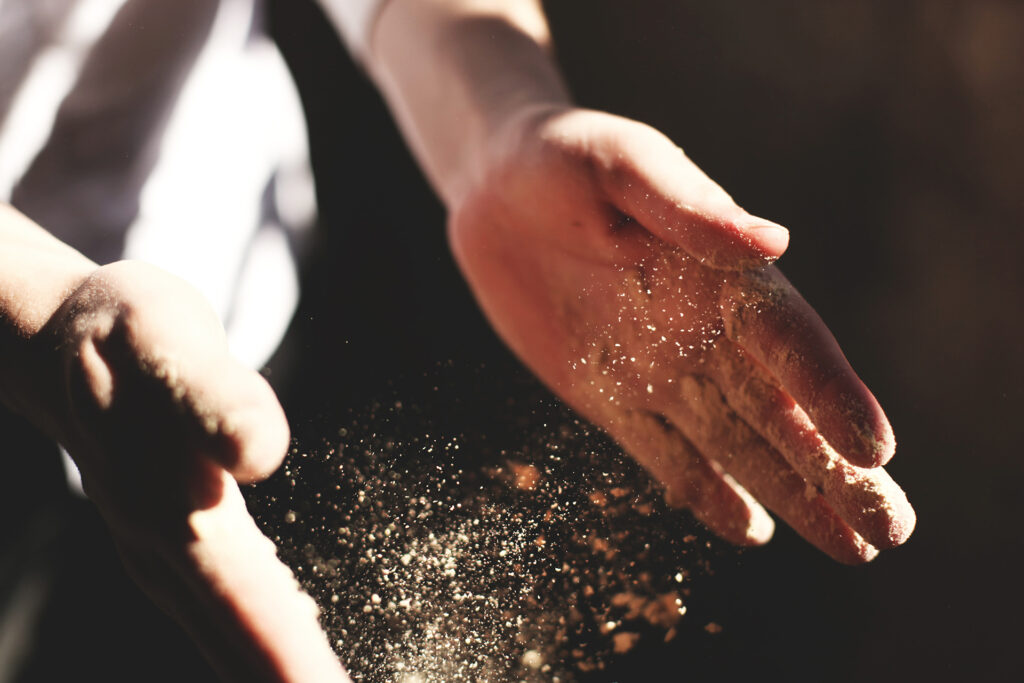
Whether you agree with the criteria that James presented or with the take-downs that Claus shared, it’s clear that there is a distinction between services and experiences – but also that there’s a spectrum between them where they blend into each other.
Perhaps the most useful approach is to take the tools provided by our speakers – innovate the boring, flip functional to fantastic, find your touchpoints, and package the experience – and use them to determine if and how you might set a snooze-some service aflame.
Interested in taking part in discussions about experiences and the Experience Economy? Register your interest in becoming a member here to be the first to know about upcoming WXO events, both digital and IRL.

